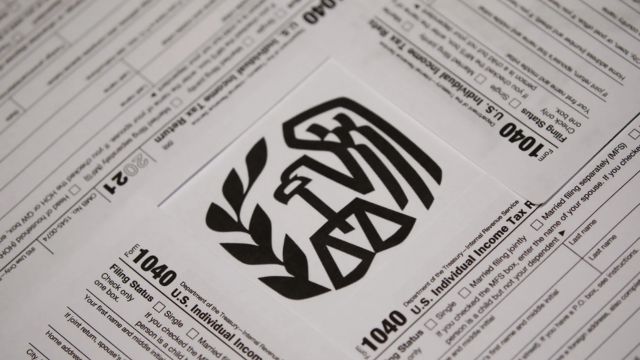Millions of Americans rely on Social Security payments each month to cover essential expenses like housing, medication, and groceries. Whether through retirement or disability benefits, these payments serve as a critical financial lifeline, making each deposit—and every cost-of-living adjustment (COLA)—highly significant.
Following the final April payments, the Social Security Administration (SSA) is preparing its next round of disbursements. On Wednesday, May 14, the SSA will issue checks that reflect the 2.5% COLA increase, which took effect in January 2025. This adjustment is designed to help recipients keep pace with inflation and maintain their purchasing power amid rising living costs.
Who Is Eligible for the May 14 Payment?
The May 14 payment targets beneficiaries in Group 2, according to the SSA’s structured calendar. This group includes:
- Individuals who began receiving benefits after May 1997
- Beneficiaries whose birthdays fall between the 1st and 10th of any month
Both retirees and Social Security Disability Insurance (SSDI) recipients who meet these criteria will receive their payments via direct deposit or mailed checks, depending on their selected method.
How Much Will Beneficiaries Receive?
The May 14 payment continues to apply the 2.5% COLA increase. For retirees, the maximum monthly benefit is now $5,108, while SSDI recipients could receive up to $4,018, based on their work history and personal circumstances.
Understanding the COLA Increase
Unlike a one-time bonus, the COLA is a permanent adjustment to monthly benefits, ensuring payments rise along with living costs. While the 2.5% bump may appear modest, it provides crucial long-term support for those living on fixed incomes.
Beneficiaries should have already noticed higher payment amounts since January. For future claimants, strategies to maximize benefits include delaying retirement beyond full retirement age (up to age 70), working at least 35 years to avoid reducing your average earnings, and maximizing income during your working years.
Although SSDI recipients don’t have the flexibility to delay claims, it’s essential they keep accurate work records and promptly report any changes in condition to the SSA to ensure they receive the correct benefit amounts.
Staying informed about Social Security updates helps recipients make the most of each payment—and ensures no adjustment goes unnoticed.












